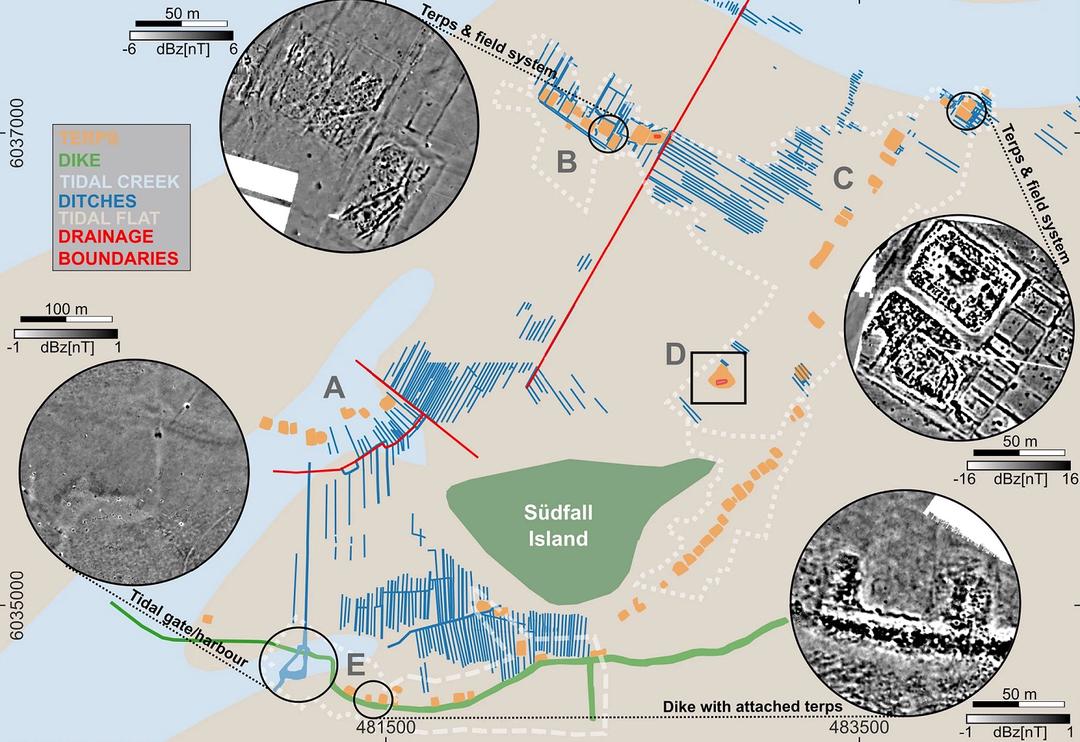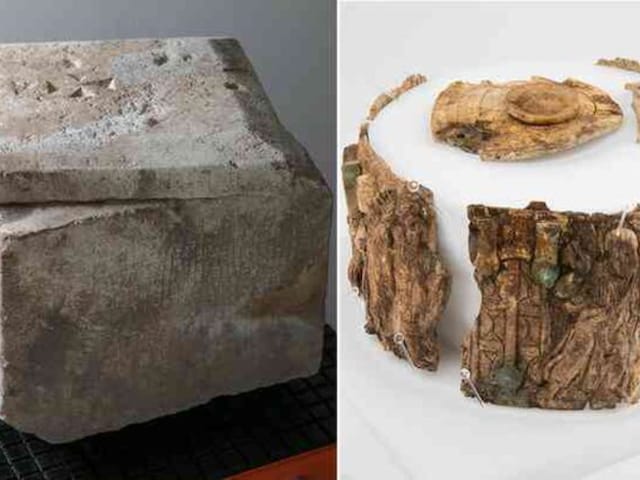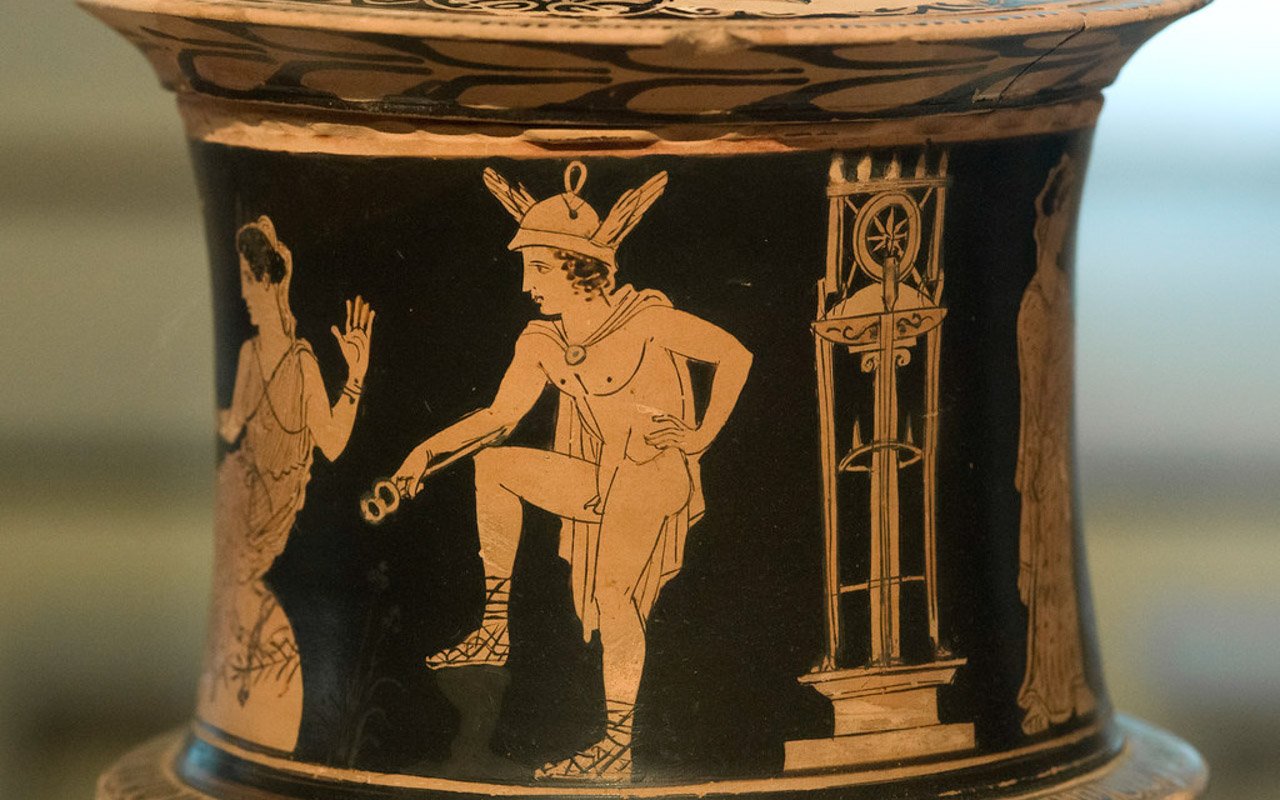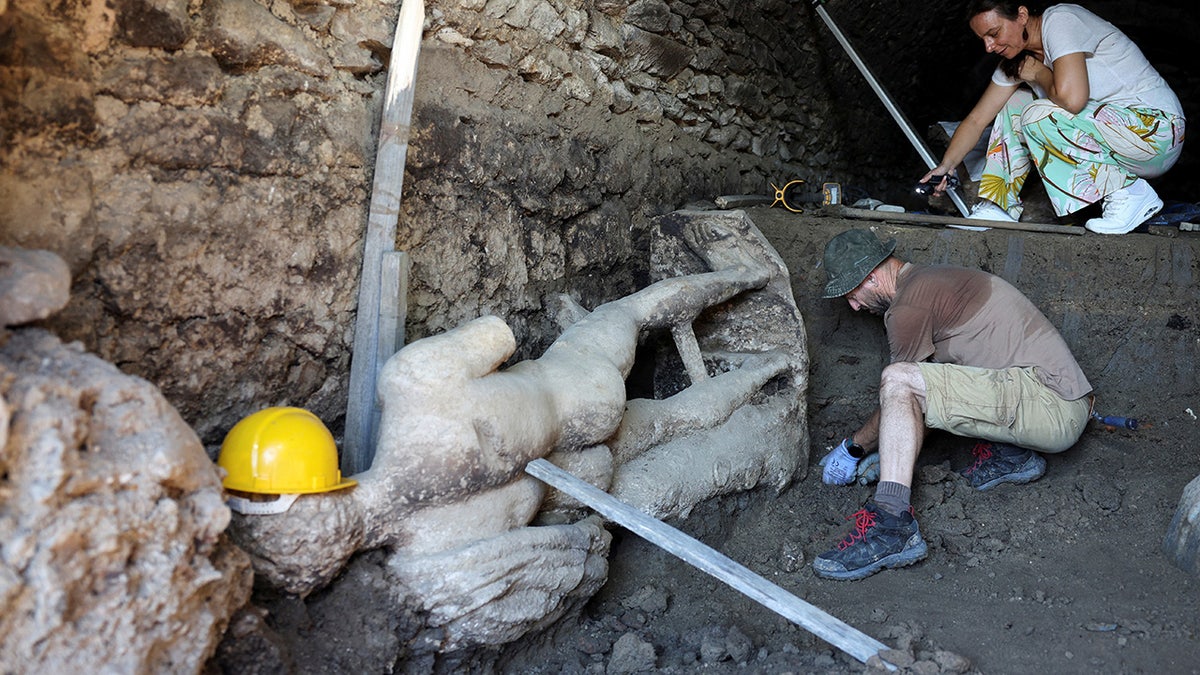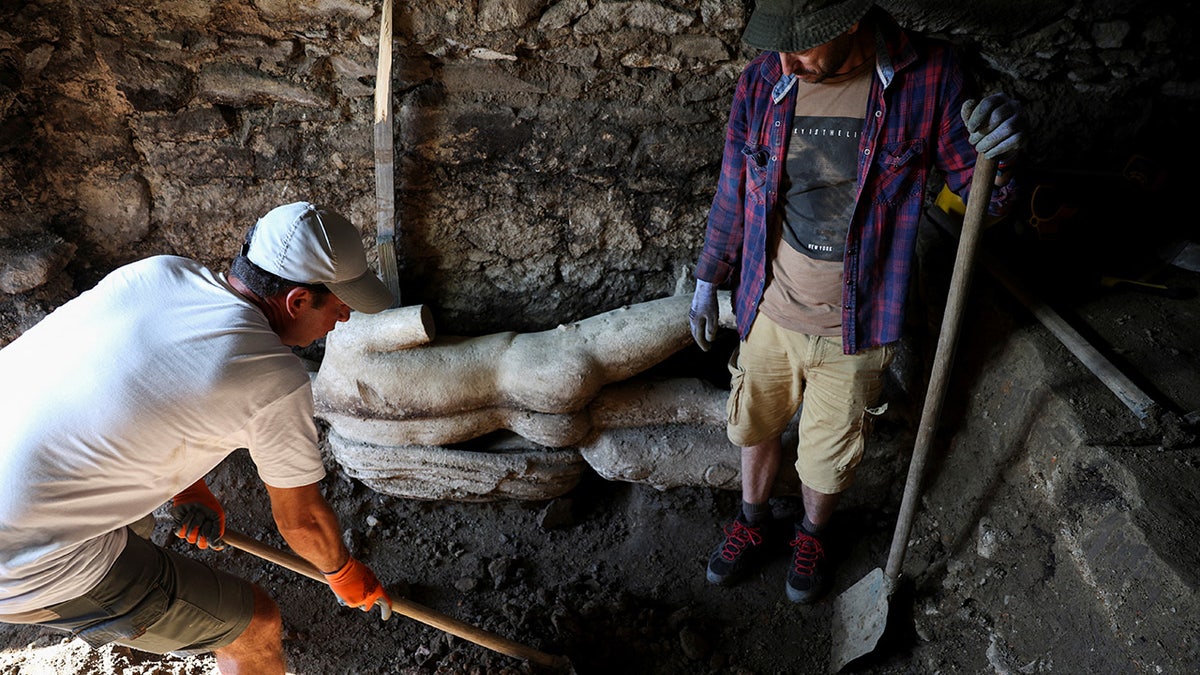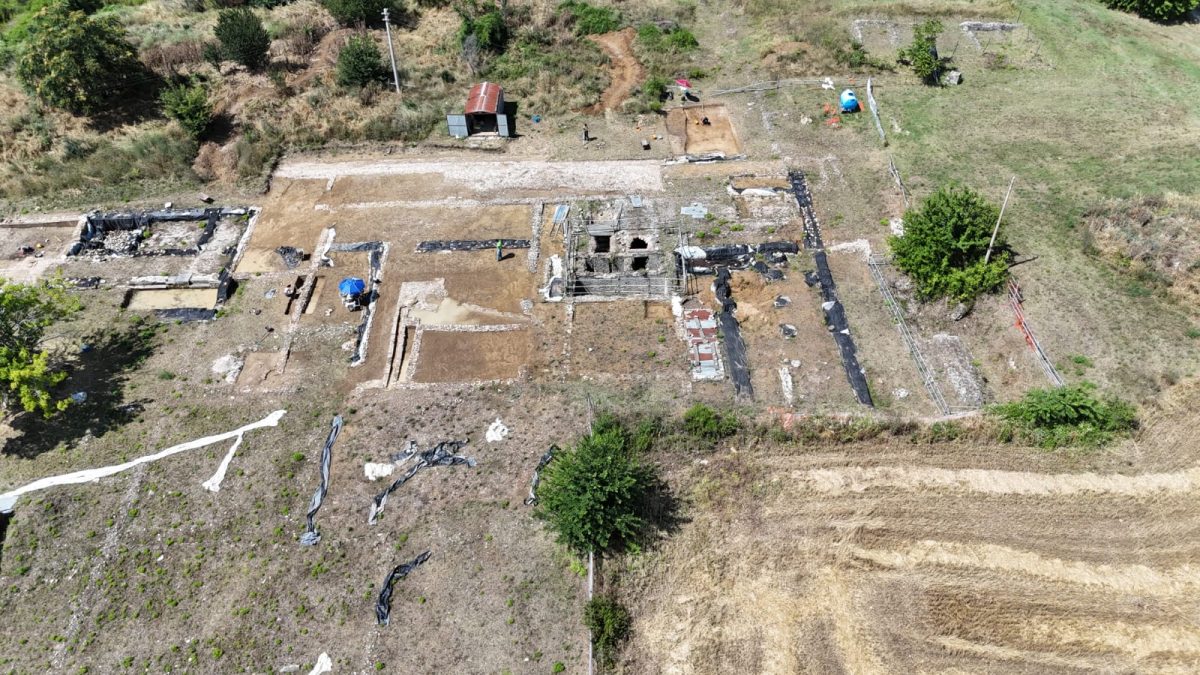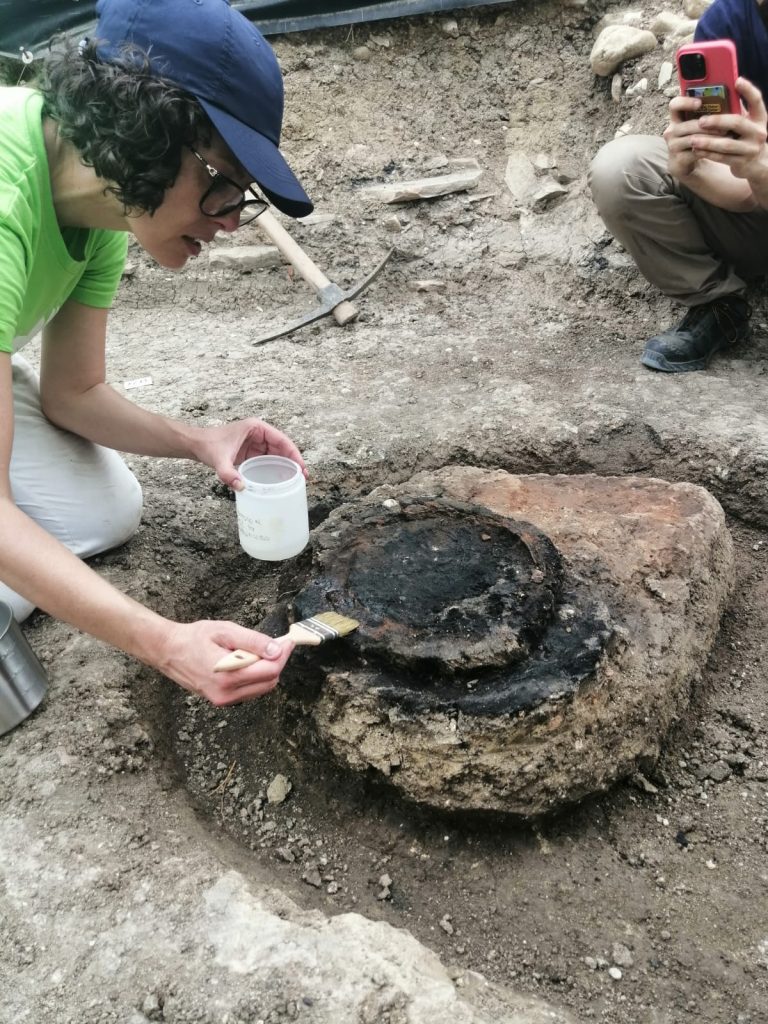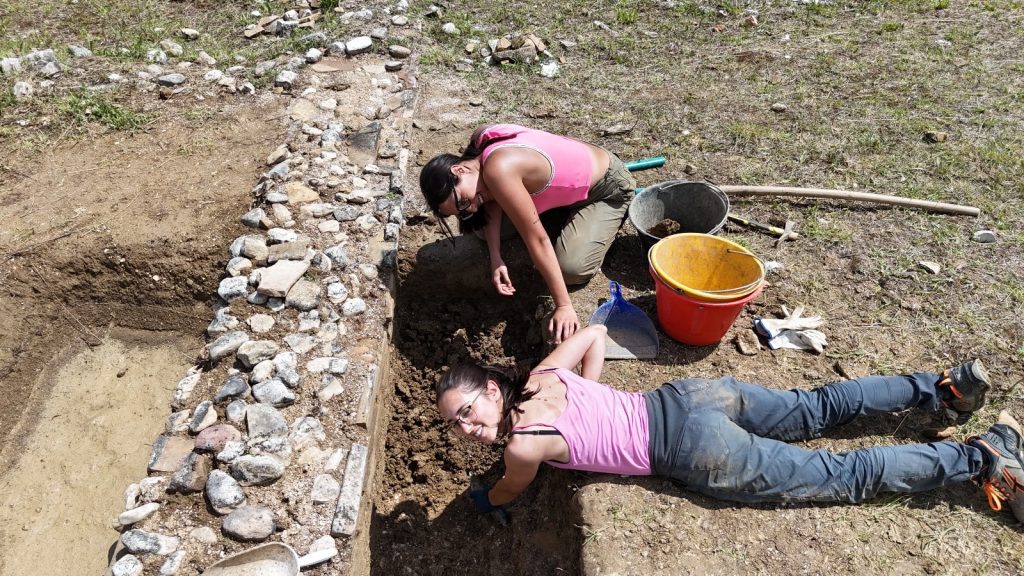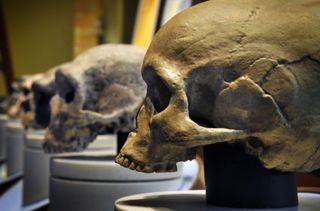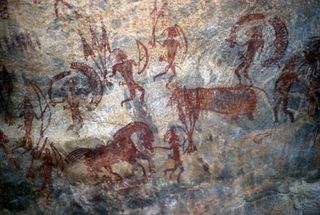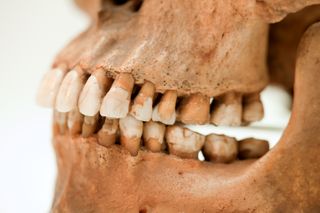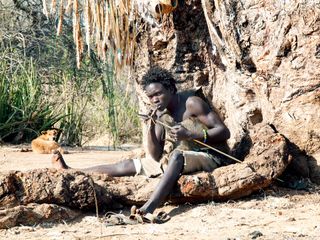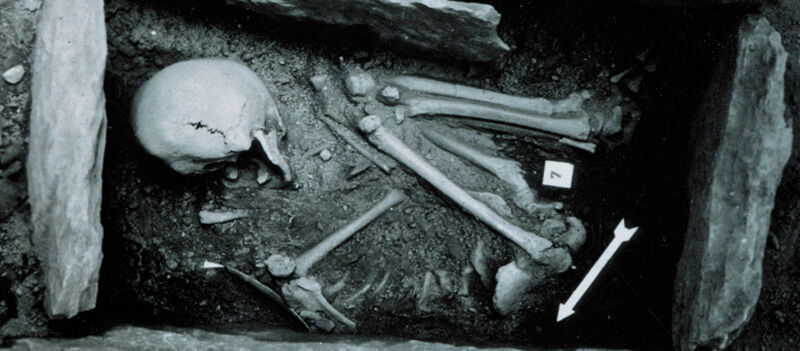
Denisovans lived on the high Tibetan plateau for over 100,000 years, as revealed by a recent study. This sheds light on these ancient humans, first discovered in 2010.
Researchers studied many animal bones found at Baishiya Karst Cave, 3,280 meters high near Xiahe County in China’s Gansu province. This cave is one of just three places where these extinct humans lived.
The study found that Denisovans could hunt, cut up, and cook various large and small animals such as woolly rhinos, blue sheep, wild yaks, marmots, and birds
Archaeologists at the cave found a rib bone fragment in sediment dating back to 48,000 to 32,000 years ago. This discovery suggests Denisovans were alive more recently than scientists had thought.
Lived and thrived on the Tibetan plateau
With limited fossil evidence, understanding how our ancient human ancestors, the Denisovans, lived has been challenging. However, the latest study reveals remarkable resilience among those who inhabited Baishiya Karst Cave.
They thrived in one of Earth’s toughest environments through both warm and cold periods, making the most of the diverse animals in the grasslands.
Dongju Zhang, an archaeologist and professor at Lanzhou University in China, co-authored the study published in Nature. Reflecting on the findings, Zhang emphasized the longstanding presence of Denisovans on the Tibetan plateau and posed questions about their lifestyle and environmental adaptation.
“They used all these animals available to them, so that means their behavior is flexible,” Zhang added.
Frido Welker, an associate professor at the Biomolecular Paleoanthropology Group at the University of Copenhagen’s Globe Institute, noted that the rib likely belonged to a Denisovan who lived during a period when modern humans were still spreading throughout Eurasia. He suggested that future research in the area could reveal whether these two groups interacted there.
“It does put this fossil and the (sediment) layer in a context where we know in the wider region humans were likely to be present, and that’s interesting,” he said.
Fossils found in Denisova Cave in the Altai Mountains of Siberia
Denisovans were initially recognized just over a decade ago through DNA analysis of a small piece of finger bone. Since then, fewer than a dozen Denisovan fossils have been unearthed worldwide.
Most of these fossils were discovered in Denisova Cave, nestled in Siberia’s Altai Mountains, which gave the group its name. Genetic studies later revealed that Denisovans, much like Neanderthals, had interbred with early modern humans.
Traces of Denisovan DNA found in present-day populations suggest these ancient people likely once inhabited large parts of Asia.
Notably, it wasn’t until 2019 that researchers identified the first Denisovan fossil outside of Denisova Cave, as reported by CNN.

